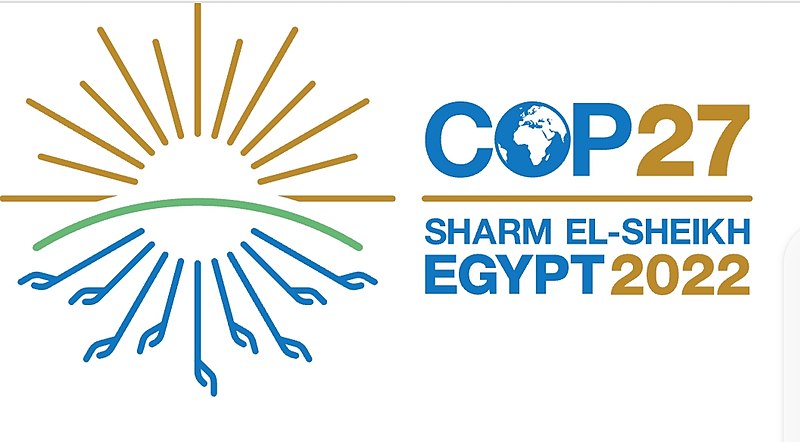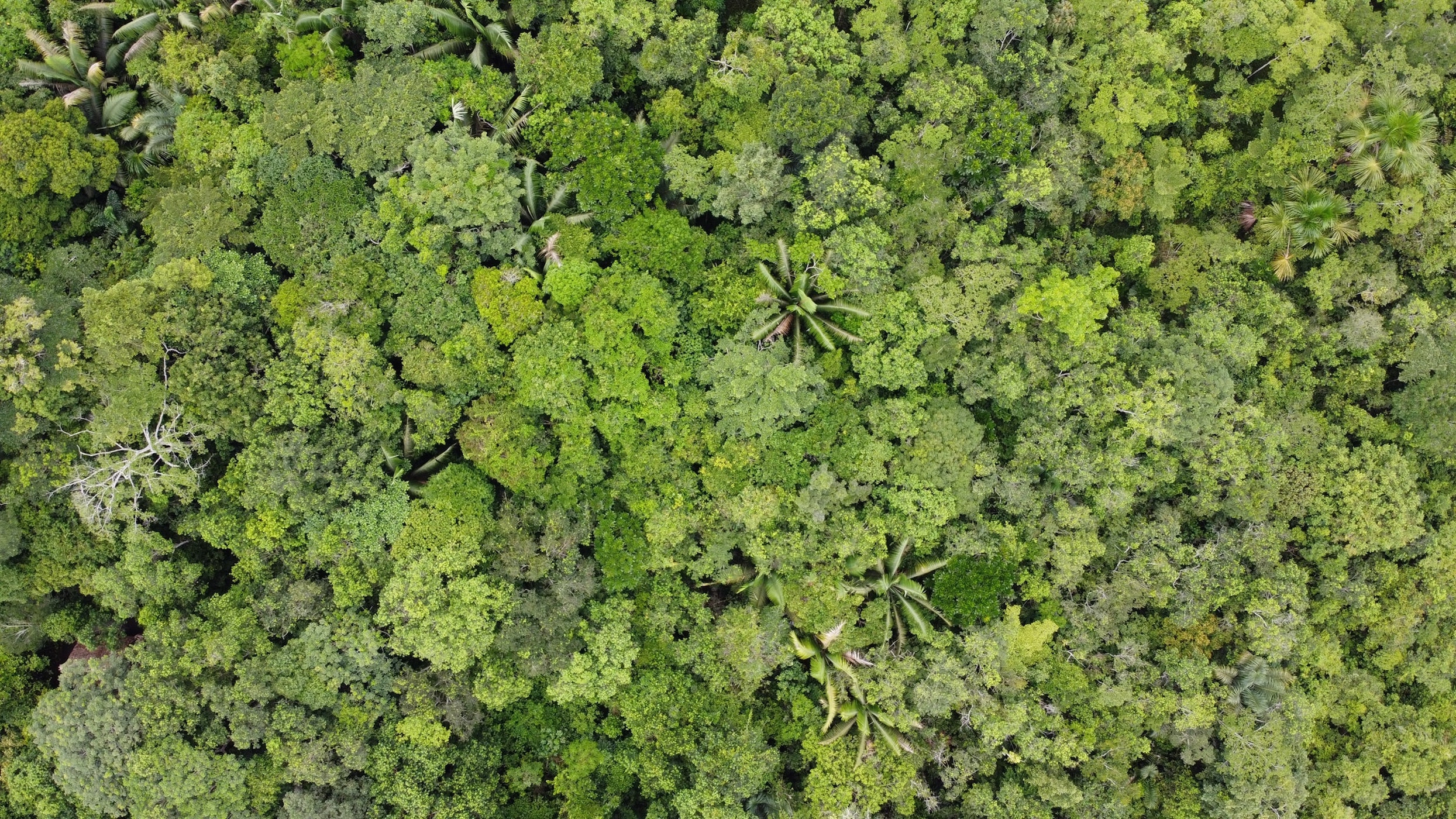Our great expanses of water and ice, that are essential cogs in the planetary ecosystem, have already registered huge and irreversible changes. At its 51st Session, held on 20 – 23 September 2019, the IPCC approved and accepted the Special Report on the Ocean and Cryosphere in a Changing Climate (SROCC), once again acknowledging the scientific consensus on climate change beyond any reasonable doubt and outlining how a changing climate will continue to impact the ocean and cryosphere. The Report will be a pillar of the scientific evidence used by world leaders in upcoming climate negotiations, most notably at the UNFCCC (COP25) in Chile in December.
By establishing observed physical changes to our oceans and cryosphere, the Report reveals not only what global warming has done to our planet but also what the future has in store. The ocean and cryosphere hold precious information on the planet’s climate and have helped scientists establish with “overwhelming evidence” that the world has already warmed by more than 1°C above pre-industrial levels, due to past and current greenhouse gas emissions. As outlined in the official SROCC press release: the ocean is hotter, more acidic and less productive; glaciers and ice sheets are melting at increased rates; sea level rise is exceeding prior predictions; and extreme weather events (in coastal areas in particular) are becoming more frequent and severe.
“The world’s ocean and cryosphere have been ‘taking the heat’ from climate change for decades, and consequences for nature and humanity are sweeping and severe […] By understanding the causes of these changes and the resulting impacts, and by evaluating options that are available, we can strengthen our ability to adapt.”
Ko Barrett, Vice-Chair of the IPCC (SROCC press release)
The state of the ocean and cryosphere interacts with each aspect of sustainability reflected in the United Nations Sustainable Development Goals and can therefore act as the “canary in the coal mine” for climate change, giving us not only tangible and quantifiable indications of the changes that are taking place, but also and possibly even more importantly giving an indication of what measures are needed for us to adapt and how much time we have left. Furthermore, the dire situation of both ocean and cryosphere, and the ability to measure how these realms will change in the future helps the scientific community convey urgency by highlighting the great difference that timely action can have on the future balance of the global ecosystem.
Observable physical changes
The scientific consensus is that global warming is responsible for the widespread shrinking of the world’s cryosphere, leading to significant reductions in the ice mass of both ice sheets and glaciers. Furthermore, it is virtually certain that the global ocean has continued to get hotter since 1970, with marine heatwaves doubling in frequency since 1982, and that as the ocean absorbs more CO2 it has undergone increased surface acidification. To make matters worse, the global mean sea level is rising, picking up pace in recent decades as more and more ice melts from the Greenland and Antarctic ice sheets. Furthermore, research indicates that extreme weather events that occurred once per century in the past will occur every year by mid-century in many regions, increasing risks for many low-lying coastal cities and small islands.
The case of sea level rise is particularly indicative. While global sea level rise during the 20th century was about 15 cm, the current rate of sea level rise is almost twice as fast – 3.6 mm per year – and accelerating.
These changes, outlined in the Report that was compiled by a panel of 104 scientists from 30 different countries, consulting over 7000 scientific papers, were followed by a depiction of the effects such changes have had on marine and land species, including food security, water resources and ecosystem wellbeing in general. For example, the Report demonstrates how warming and changes in ocean chemistry have affected species throughout the ocean food web, altering marine ecosystems and impacting the people that depend on them for their livelihoods.
“Cutting greenhouse gas emissions will limit impacts on ocean ecosystems that provide us with food, support our health and shape our cultures.”
Hans-Otto Pörtner, Co-Chair of IPCC Working Group II (SROCC press release)
And its not just changes in the ocean that affect people and ecosystems: as glaciers melt in high mountains, communities downstream are affected across the board, and as ice sheets detach and thaw sea rise affects coastal communities as well.
However, the Report doesn’t just concentrate on the physical changes, it also emphasises future changes and how these will be influenced by what we do about global warming now.
What we do now will make a difference
A crucial takeaway from the Report is that what we do now to reduce our impact on the environment will have significant effects on the world of tomorrow. Enabling climate resilience and sustainable development depends critically on urgent and ambitious emissions reductions coupled with coordinated sustained and increasingly ambitious adaptation actions. This will involve implementing effective policy measures and adhering to emission reduction targets set out in international agreements. Understanding the significant effects that these reductions can have on the ocean and cryosphere can be fundamental in motivating and informing policymakers. Reports such as the latest IPCC Report can prove instrumental in this process, by informing decisions and providing solutions.
“If we reduce emissions sharply, consequences for people and their livelihoods will still be challenging, but potentially more manageable for those who are most vulnerable […] We increase our ability to build resilience and there will be more benefits for sustainable development.”
Hoesung Lee, Chair of the IPCC (SROCC press release)
An example of how our actions today can shape the world of tomorrow can be found in the European Alps and their glaciers. A recent study published in the Journal of Glaciology depicting “The Future Retreat of the Great Aletsch Glacier” (the largest glacier in the European Alps), has developed different glacial retreat models for different global average temperature increases. According to the research paper, if temperatures are kept below 2C, 60% of ice would still be lost by 2100. However, the most extreme climate scenario, with temperatures increasing between 4-8C, would come with an almost complete loss of the glacier by 2100. A significant motivating factor for maintaining average temperatures below 2C.
The IPCC Report adopts a similar approach on a macro level, highlighting the benefits of effective adaptation and mitigation strategies and emphasising the high cost of inaction, both socially, environmentally and economically.
Similarly, with regards to our oceans, there is a clear indication that the rate of sea level rise will be directly proportional to the rate of global warming and the amount of GHG emissions we produce. Sea level rise could reach around 30-60 cm by 2100 even if greenhouse gas emissions are sharply reduced and global warming is limited to well below 2°C. However, the rise would be of about 60-110 cm if greenhouse gas emissions continue to increase strongly. Another strong incentive to start acting now.
By demonstrating the effects of climate change with overwhelming scientific evidence, and positing how our behaviour today will affect the changing planet of tomorrow, the IPCC Report leaves the ball in the court of policymakers to make informed decisions. This, coupled with public pressure, can inform and motivate policymakers in the coming climate negotiations.






